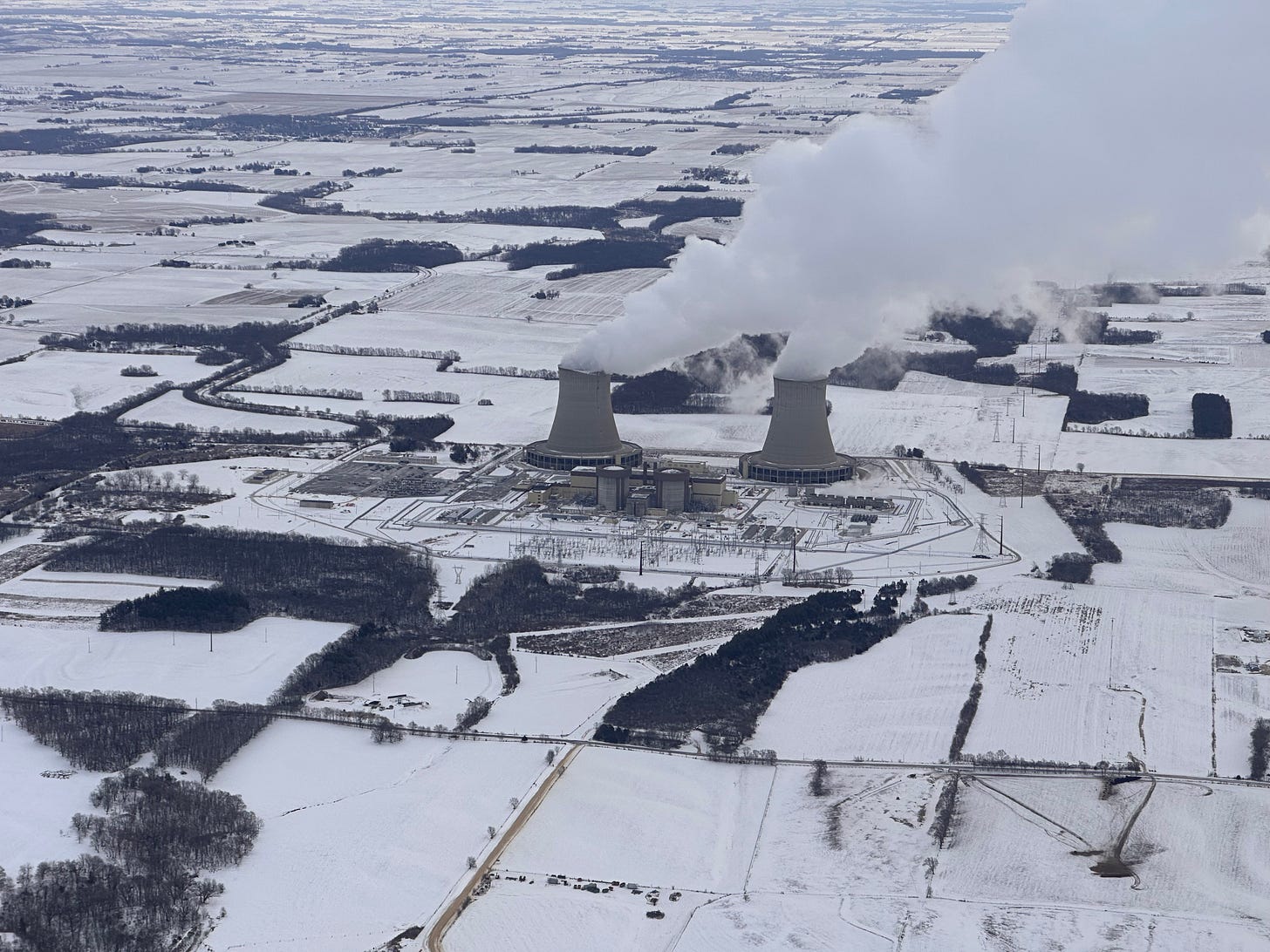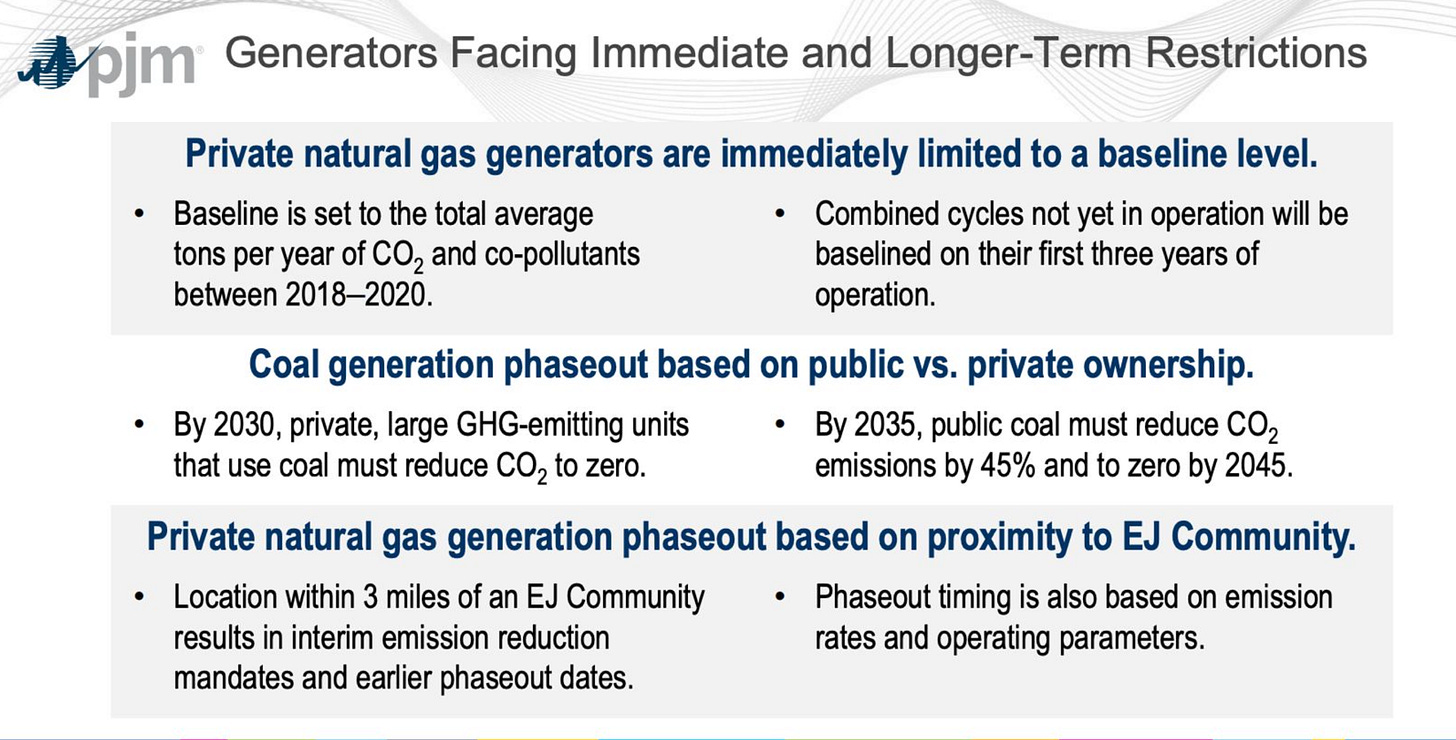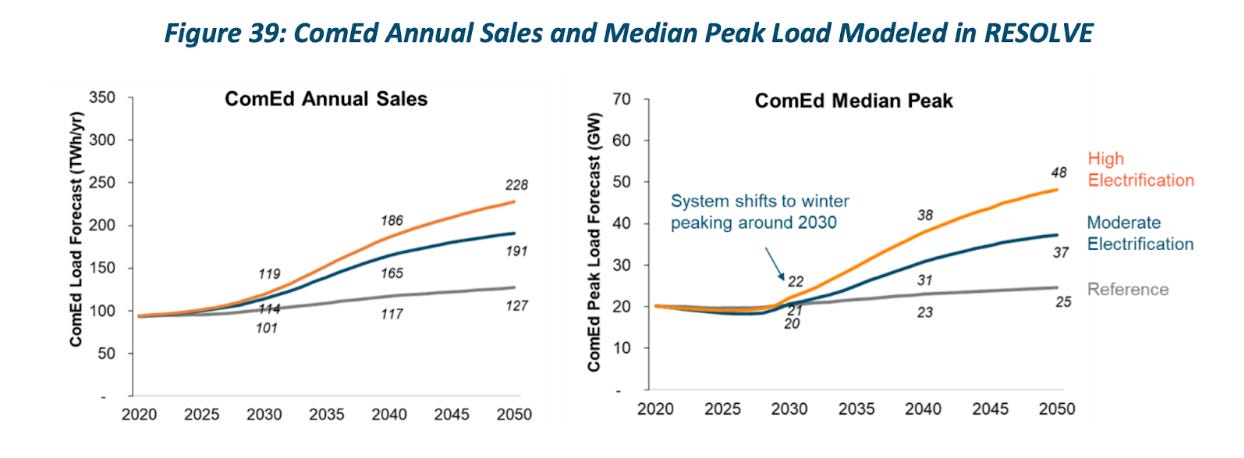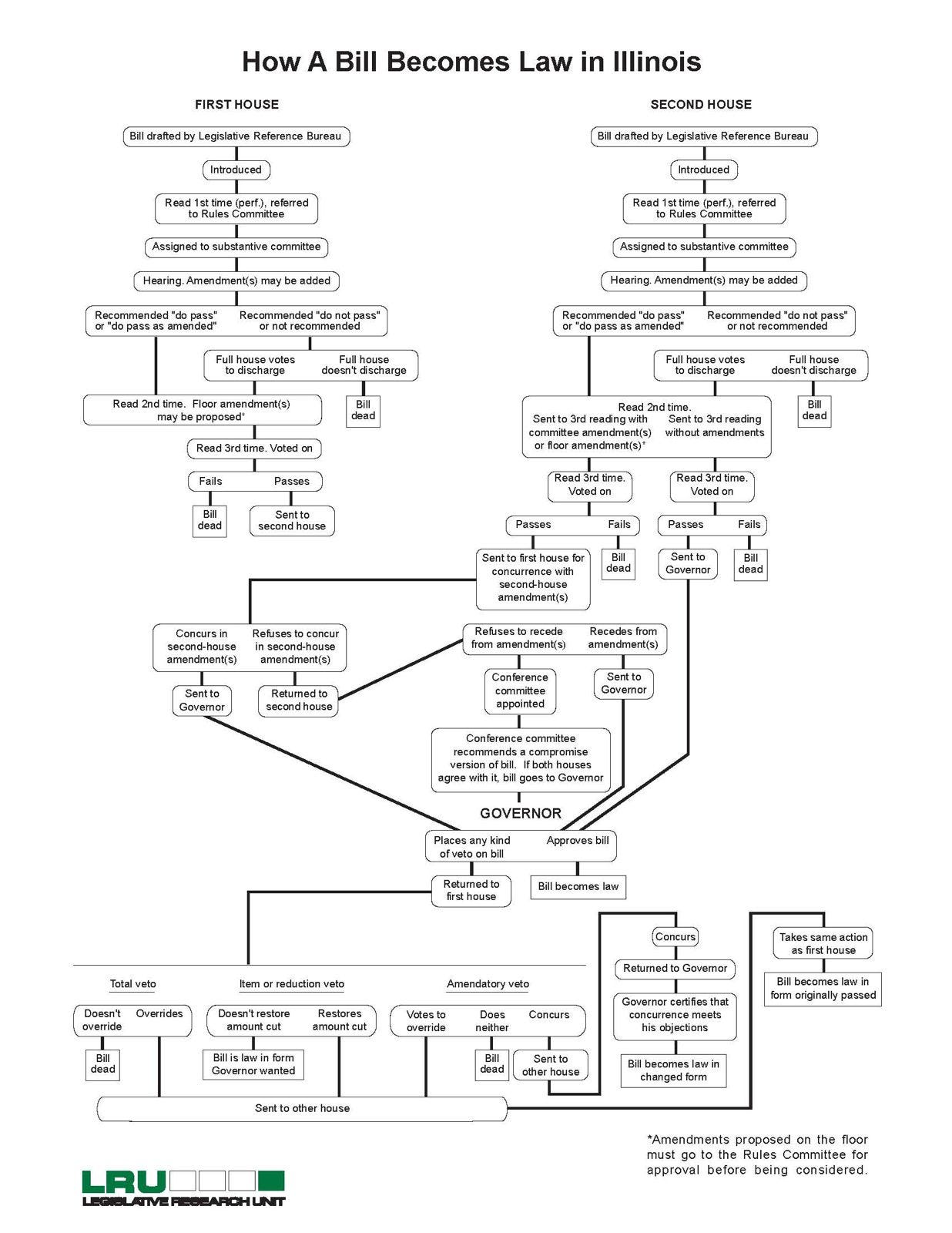The Nuclear Khanate of Illinois Ascendent?
The Land of Lincoln’s Bi-Partisan Push to Unleash the Atom
Chicago is the most nuclear city in America, Illinois the most nuclear state. The northern and southern parts of the state sit in two different power markets–PJM and the Midcontinent Independent System Operator. The state’s nuclear fleet lives up north, while its robust fossil fleet punctuates the quiltwork of soy and corn farms in the south. In a perfect world, my home state would serve as an ideal locale for datacenters. You’ve likely never heard of Morris, Illinois, but it boasts enough nuclear nearby to power OpenAI’s 5 gigawatt datacenter behemoth, Stargate.
But we don’t live in a perfect world. In this case, we don’t even live in a practical world. Illinois has made serious missteps in its energy policy that jeopardize its ability to power new industries. The state plans to shut down all of its investor-owned coal plants by the end of the decade, and then all municipally-owned coal plants by 2045. That’s 6.7 gigawatts, or several Hoover Dams-worth, of firm, dispatchable power.
And it could be replaced by nuclear, except that Illinois has only partially repealed its state moratorium on new plants. Currently, only small modular reactors can be built as a result of Governor Pritzker’s infamous 2023 veto of a full repeal. However, America has yet to build a single SMR.
Put another way, Illinois has made it illegal to build the kind of power reactor that already floods the northern part of the state with clean, reliable juice. Those are also the only type of reactors that America has any experience in building, like the AP-1000.
“The 2023 partial repeal of the moratorium was a pyrrhic victory. It limited new reactors to just 300 megawatts of electrical generation,” Michael McLean, a volunteer advocate with Generation Atomic, told me. “There is only one shovel-ready reactor that has a completed design and a physical reference unit in America that engineers and trades can walk through. That reactor is banned in Illinois because it has a 1,117 megawatt nameplate capacity.”
But two bills on the floor of the state legislature could solve this problem, thus opening Illinois to new gigawatt-scale reactors that can sustain a robust influx of datacenter and manufacturing interests, swelling the state with economic growth and solid trade jobs.
The first bill, SB1527, put forth by Republican Sen. Sue Rezin, fully lifts the moratorium.
Rezin was a lioness on behalf of nuclear power when the state moved to save its Byron and Dresden plants in 2022, casting one of just two Republican votes in favor of that legislation. And now she has bi-partisan backing for her bill in its Democratic co-sponsors, Sen. Patrick Joyce, whose father laid down the original moratorium on new nuclear back in the 1980s, and Senate President Pro Tempore Bill Cunningham, who leads on grid policy in the Senate.
The second bill, SB1874, comes from Sen. Joyce (and is co-sponsored by Rezin) and appears more moderate. Rather than fully lifting the ban on traditional nuclear, it eliminates the 300 MW constraint of the previous repeal and confines new builds to “advanced” reactors. Here’s the good news: the AP-1000, the reactor we know how to build, qualifies as advanced in this case thanks to its passive safety systems.
In the House, both of these bills are sponsored by labor Democrat Sen. Dave Vella. As a voice for unions, Vella wants to enable large infrastructure projects that can deliver good jobs for his constituents. In fact, his district already hosts plenty of workers in the nuclear power industry.
These bills need to clear the house, where their fate is far from certain. But the bills’ built-in bipartisan support ought to give them a fighting chance to make it onto the governor’s desk.
That being said, I don’t know what to make of Gov. JB Pritzker. Pritzker did sign off on saving Byron and Dresden from closure a few years ago, but he also bore responsibility for the silly “half-ban” element of the first repeal. Moreover, he seems to have made recent statements that indicate a newly hardened stance against unleashing nuclear power in order to signal his opposition to the Trump administration.
And then there’s Illinois’s environmental NGOs to worry about – a rat king of Wormtongues. Back in 2023 when the first moratorium repeal was filed, Jack Darin, the Director of the state’s Sierra Club, went around peddling an Energiewende for the prairie, claiming that “advancements in energy efficiency could reduce the overall load on the electric grid” and that reducing the nuclear fleet was the “ideal path” for Illinois.
Darin hawked this hokum in an article that ran three months after ComEd released an independent electrification study showing that electricity demand could more than double by 2050.
If these groups have Pritzker’s ear, it could mean trouble for both bills. Those organizations are power brokers in state-level politics, so staying on their good side could prove useful for anyone looking to hold onto the Governor’s mansion. Yet to play it safe, Pritzker may simply sit back and refuse to sign either bill, which would eventually turn it into law — neither taking the risk of explicit support, while leaving the door open to benefit from future results.
In the meantime, the bill needs to work its way through the committee process and onto the floor before it can reach the Senate. By early spring, we should have a decent sense for how they will fare.
Cross your fingers with me. And call your representative when the time comes.
If Illinois manages to lift its moratorium on new nuclear power to make way for Large Modular Reactors like the AP-1000, the state will continue to lead the country in nuclear capacity. And it will signal a major shift away from the anti-nuclear status quo that has dominated American politics and culture since the 1970s.
I hope my home state will waken from its slumber, roll up its sleeves, and bring onto the plains a new bounty of Industrial Cathedrals.
Related Articles
All I Want for Christmas is a Reliable Grid. The American Grid is in Bad Shape
A Republic of Industrial Cathedrals. For an atomic America of the people, by the people, and for the people
The Cryptid That Almost Killed a Dam. A fake fish, left politics, and environmental law







“LMRs” - love it! We should be building AP1000s by the dozen in this country. Politicians need to give up worshipping paper reactors and build what works. Full confession: I once worked at Dresden Station so I believe BWRs are better. LMRs *work* - we should be building full sized Bs and Ps as fast as we can.
LFTR has a ton of promise as a breeder reactor and can use nuclear waste from AP-1000 as fuel. Where currently, although tried a true, AP-1000 models leave a lot of waste around that has to be maintained for a long time, given current treatments. LFTR is more corrosive since it uses molten salt, but it doesn't need the gigantic sources of water for cooling and operates at lower pressures which means it's a safer nuclear system, inherently.
The ComEd load forecast for the whole state in 2030 is 119 Twh/yr or 13.6 GW every hour, yet this article is pointing the finger about failing to seize an opportunity when the ask requires the state to produce more than a 33% increase in power production for one customer...let alone becoming a hub of data centers.
I appreciated how this article points out how state is building out the grid, but needs to build better and faster, hands down.
One of the smartest opportunities the state seized, thanks to Pritzker, in this similar vein is establishing the quantum technology campus in the Southside of Chicago on the lake. That will bring development and economic investments rivaling a 'Silicon Valley 2.0' to Illinois over the next 30-50 years similar to how Palo Alto grew from rolling hills to the tech capital of the world.
If we want to keep these opportunities we do need to power them effectively. This requires a nuclear solution. No other known solution will come close.
Great article and the awareness with the data provided was admirable.